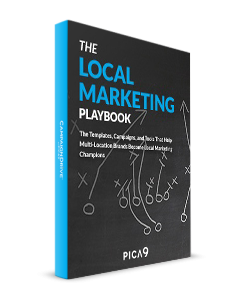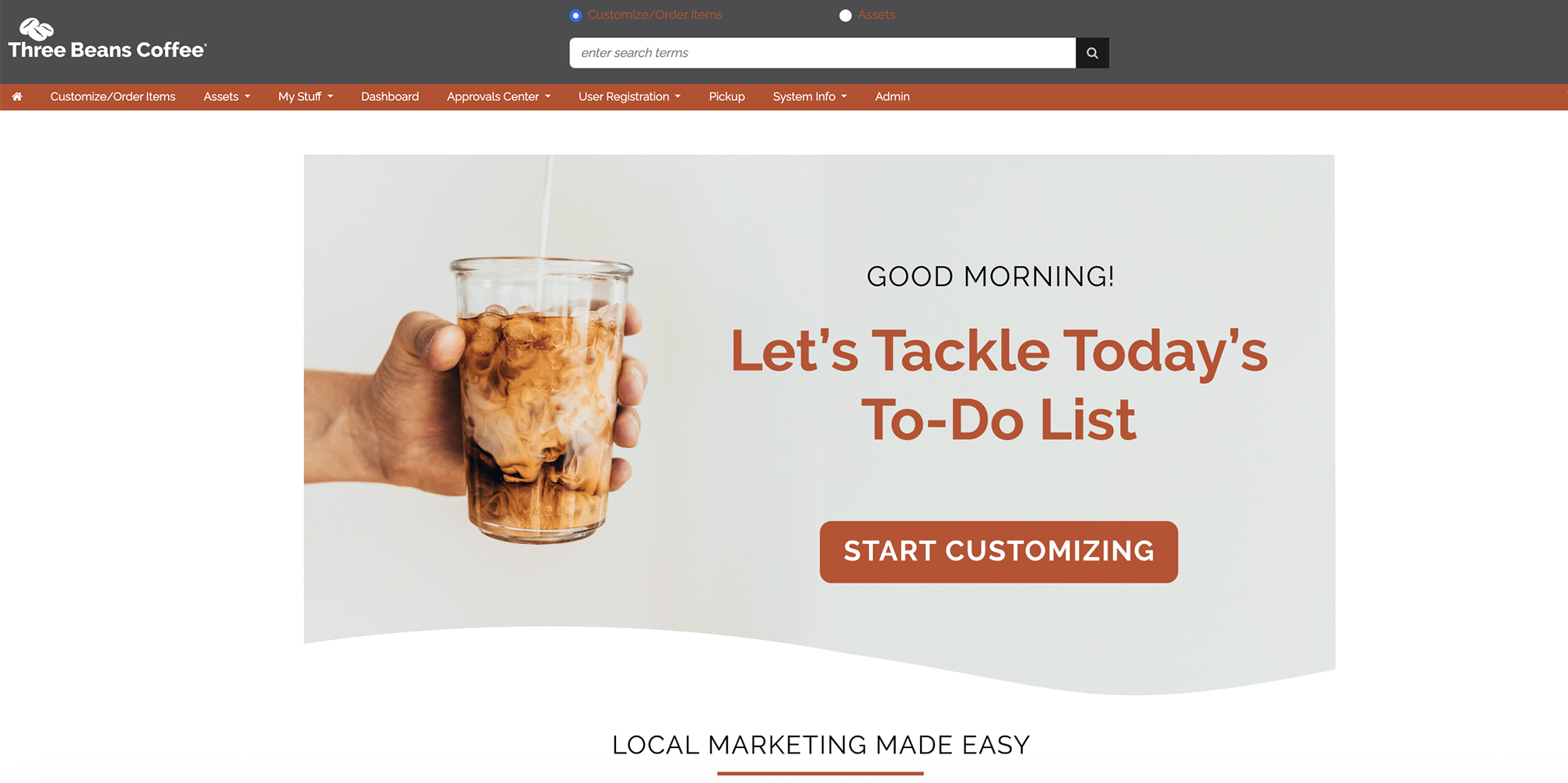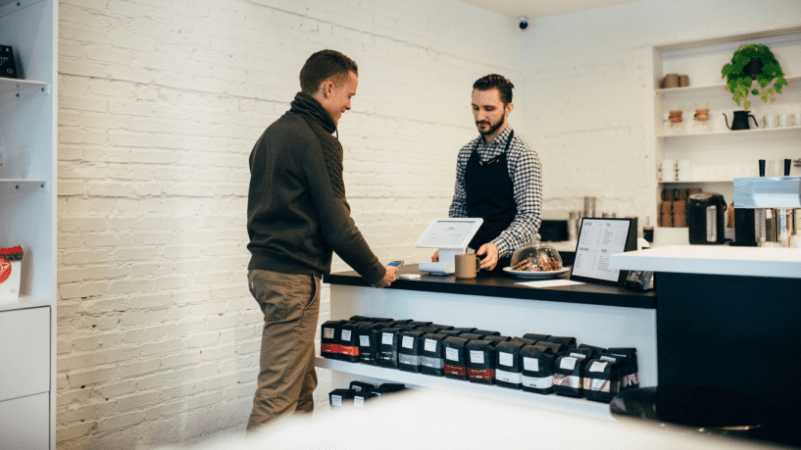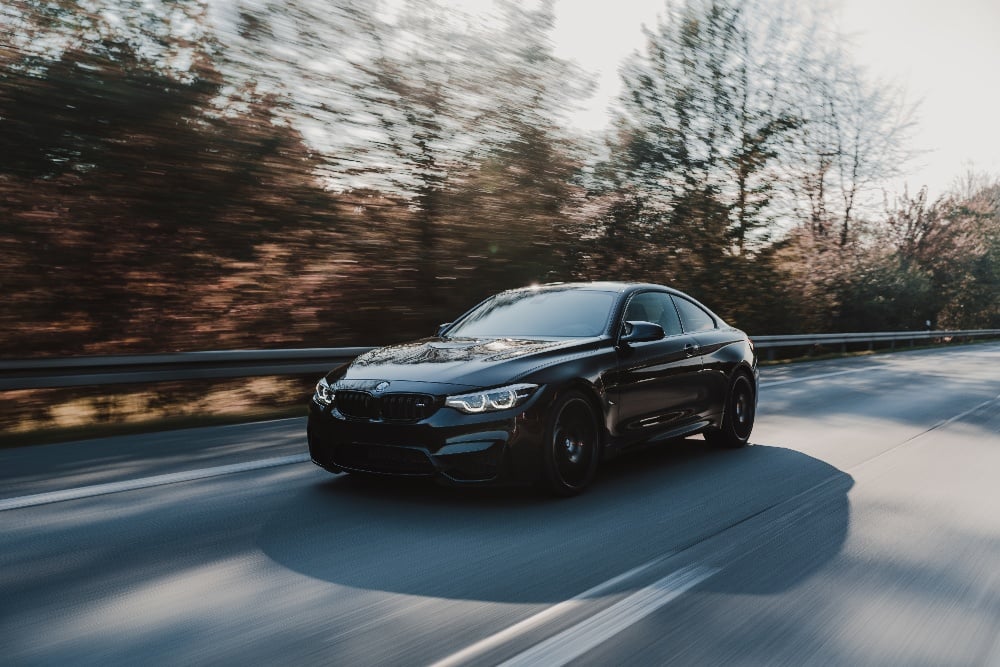According to the brand experience and advertising experts at VMLY&R, brand equity is built on four pillars:
- Brand Differentiation
- Brand Relevance
- Brand Esteem
- Brand Awareness
Brand marketers struggle every day to move the dial on these factors. But often, these efforts fail to leverage one of the most powerful tools for building brand equity—the local franchisee, reseller, dealer, or agent.
It’s not that branding experts don’t intuitively grasp the impact their local marketers can have. Rather, it’s logistical difficulties that get in the way. Local marketers are too hard to reach, or corral, or support, or whatever.
But if you take the time to overcome what I would argue are relatively insubstantial barriers, your local marketers can provide an enormous boost to brand equity in all the dimensions that matter the most.
Let’s take a look at some examples of how this can happen, one “pillar” at a time.
Brand Differentiation
As the experts at VMLY&R see it, brands have the opportunity to set themselves apart by creating great experiences. Local marketers can bring that experience to life in ways that just aren’t possible from HQ.
You can see this, often, when local marketers take the concept for a promotion and then execute it locally in a unique and memorable way—so memorable, it morphs from a marketing campaign to a cultural event.

One of the best examples I’ve ever seen of this is the “Daddy Date Night” tradition at Chick-fil-A.
This concept didn’t originate in a brainstorming session in the marketing department. It began nearly a dozen years ago, because a single franchisee, Jeff Rouse in Olathe, Kansas, wanted to create an opportunity for fathers and daughters to share time together in a fun and memorable way.
That one effort, recognized by the brand and then shared as a best practice with 2,300 other locations nationwide, has taken on a life of its own. Each year, hundreds of Operators (as Chick-fil-A franchisees are affectionately known) launch their own Date Night events. And each time they do, the experience exemplifies and reinforces the company’s mission to be a part of its customers’ lives and the communities in which they serve. It’s a depth of involvement that other fast-food chains just don’t seem to be able to match—and a differentiator made concrete and real, store by store and story by story.
What can brand strategists take from this example?
First, lean in and listen to what your local marketers are doing with your brand. Sometimes, this will highlight the need for coaching or further support. But just as often, it can reveal gems that you can pick up, polish, and then share—through your DAM or distributed marketing platform—as a best practice.
Second, keep in mind that not all brand impressions are equal. In-store and near-store programs have the ability to influence purchases in a way that mass-media techniques can’t match.
Third, remember that brand consistency at the local level is key. As you give your local marketers greater freedom to innovate and differentiate, remember to also insulate them from the possibility of inadvertent brand damage. This goes for everything from brand fonts and colors, to appropriate (and properly licensed) photography, to adequate clear space around the brand logo.
Brand Relevance
In their September 2019 “Brand Relevance Index”, marketing consultant Prophet explained that “brands with a maniacal focus on addressing customer needs and pain points win the day.”
With their proximity and day-to-day interactions, local marketers are logically and physically positioned to be the undisputed world champs of customer obsession. That’s why brands intent on maintaining their relevance take care to provide the tools and materials that local marketers need to deliver on that obsession.

For example, one of the 50 brands named most relevant by Prophet is AARP, a national nonprofit association that serves its members through a network of 50 state-based offices, each with one or more locations.
As part of its local “Movies for Grownups” campaign, the marketing team recently added “create your own” templates that enable highly flexible customization at the local level.
The “MFG” campaign quickly leaped into a top-three popularity position, as local marketers demonstrated their passion for relevant content.
Brand Awareness
It stands to reason that your brand can’t achieve relevance and differentiation without being visible in the first place. That’s why brand awareness is the most fundamental pillar in the brand equity foundation. And for decades, conventional wisdom has said that brands are responsible for creating awareness, and local marketers (franchisees, dealers, etc.) are meant to benefit from that visibility.
But today, in a world where competitors are never more than a click or tap away, this logic has to make room for new dynamics. Today, smart brands are looking for new ways to leverage local presence to drive brand awareness with an immediacy and memorability that media alone just can’t match.

For an example of this, consider the way the field marketing organization at Marriott uses local-property landing pages to drive awareness—both for individual hotels and for hotel clusters across a city, market or entire region. A single landing page can drive 100,000+ plus impressions. And with more than 7,000 properties in the Marriott International family, that’s a significant amount of scale indeed!
This lesson also applies to social media. Individual marketers at the local level may have what you perceive as a small number of connections (150 on average for Facebook, 400 or so for LinkedIn). But if you’ve got thousands, or tens of thousands of local marketers in your community, that adds up to material volume. Even better, these local connections are likely to have a higher degree of engagement, precisely because they are more locally connected. That’s a social-media force multiplier that would be a shame to let lie fallow.
Brand Esteem
You might know this as Brand Stature, or as Brand Respect. But whatever the term, it’s the value the brand is known for delivering. Apple is known for beautiful industrial design. Mercedes-Benz for the pinnacle of luxurious performance. Krispy-Kreme, for mouth-watering delight.
And here’s the thing: your local marketers can “walk that talk” more consistently and more convincingly than anybody else.

That’s an insight that the marketing leaders at Sotheby’s International Realty tap into every day. As the real estate industry’s most prestigious brand, SIR equips its nationwide network of more than 12,000 agents with the tools they need to transform home-selling and home-buying from a mere transaction into a life-affirming and legacy-building experience.
With creative solutions at their fingertips that blend the classic values of elegance and understatement together with boldness, innovation and up-to-the-moment style, SIR agents stand out effortlessly in today’s crowded real estate marketplace—and even more important, make their clients’ homes stand out in the same way. This is where the promise of the brand and the reality of the delivery all come together—often in creative units as small, yet powerful, as a social media post.
Build Local Brand Equity With CampaignDrive by Pica9
For too long, HQ marketers have felt that the responsibility of building brand equity rested on their shoulders alone. But today’s local marketers (franchisees, resellers, dealers, and agents) recognize both the value of brand equity and the role they play in maintaining and enhancing it. By recognizing the brand-building potential in your local marketing network, and activating that potential through the use of content management, digital asset management, and distributed marketing tools, you can create a force multiplier for the creative work you’re doing that can extend, or even surpass, the impact you can have at the brand level alone.
CampaignDrive by Pica9 is a local marketing automation platform that allows distributed brands to deliver exceptional brand equity across every single location. Speak with a local marketing expert today to see if your organization could benefit from a solution like ours.






